Andy Kunz points out Sam Staley's latest piece, "
Why Transit is an 'Inferior Good'" from Planetizen. My response:
Actually, reading Sam's piece, I agree with him. The issue is to make transit service superior, not a second class service.
The big problem with using macro data for metropolitan regions, is that because automobility is so dominant, transit rich environments get cancelled out because typically transit usage represents a very small sample. As you travel farther out into the region, where population is less concentrated than in the core, it's much harder to get around time and cost effectively by transit. The solution then is to locate yourself in areas where transit is a superior, not merely a "normal" good.
So
(1) In transit rich environments
(2) where there is a great deal of high speed and point to point service (this is not necessarily type dependent, it can be heavy rail, light rail, streetcars, bus)
(3) pedestrian centric urban design and a grid street network (even better if augmented with radial avenues)
(4) a reasonable amount of population density
(5) amenities (activity destinations) located within neighborhoods and/or close by
then transit rich environments will find that mobility demands can favor nondrivers especially if you take into account the need for automobile parking, and if nondrivers have access to inexpensive package delivery services and/or augment their transit and walking use with nonautomobile vehicles such as bicycles.
Of course, I am describing much of the NE, SE, and NW quadrants of DC. It's why I argue that:
1. DC's competitive advantages rest in part on a pedestrian-centric urban design
2. As well as the grid street pattern (augmented by radial avenues)
3. which is overlaid by heavy rail and street-based (bus) transit service.
However:
4. The heavy rail system needs to be augmented with capacity increases in the core (the separated blue line)
5. The street-based transit system needs to be upgraded with the addition of streetcar service.
I have just moved to a more suburban part of DC when compared to neighborhoods in the core such as Capitol Hill or Dupont Circle.
Even so, we live .9 mi from the Takoma Metro, 2.5 blocks from the bus line between Takoma and Georgia Ave. metros, and a few blocks from GA Ave. (the #2 bus line in the city in terms of bus ridership). Adding a bicycle to our mix means that in a 2 mile radius we have easy access to supermarkets, post office, pharmacies, sit down restaurants, and a reasonable amount of convenience retail.
The disadvantage of bus service from the core of the city (downtown) to upper NW via major bus routes such as the 50s (14th St.) or 70s (Georgia Ave.) or the S (16th St.) is the frequent stops, almost every block or two, which makes the trip long.
The disadvantage of bike riding from the core, although I will do it today (and I do it often), is that it is uphill.
Even so, there is little traffic, relatively, in many parts of the city throughout the day, even in rush hour. Partly I define this in terms of being able to run red lights, without the threat of oncoming traffic, on major thoroughfares, during rush hour periods.
Yes, certain routes into the city remain congested during many parts of the day such as New York Avenue, I Street, North Capitol south of Florida Avenue, and Upper Wisconsin Avenue, but for the most part, I believe (and I have an empirical mind and high-quality observation skills) that for nondrivers, it's become easier to get around.
I attribute this to the rich array of transit assets and point-to-point routes offered to DC residents by the subway as well as key bus routes.
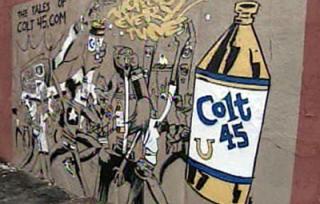


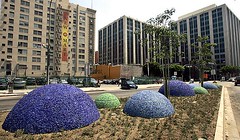
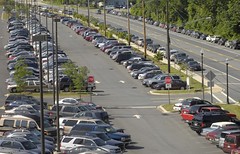

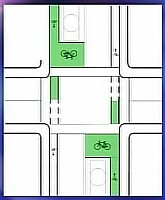
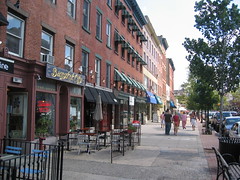
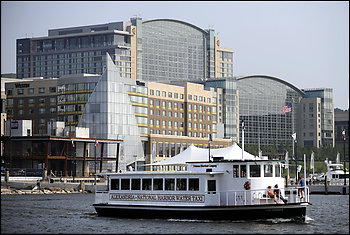
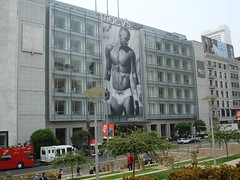


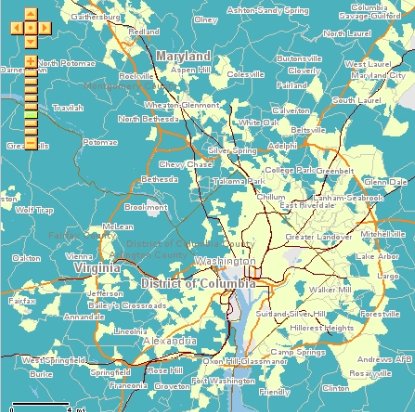
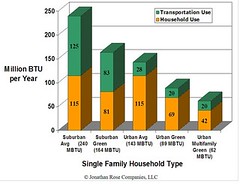


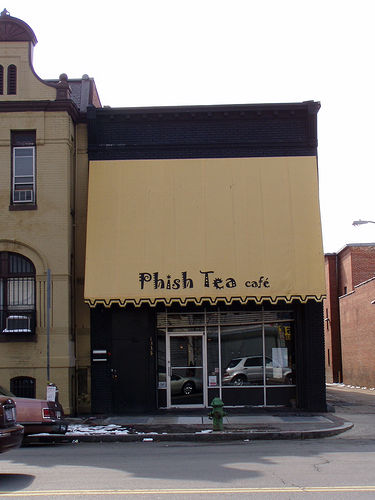
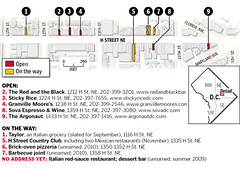

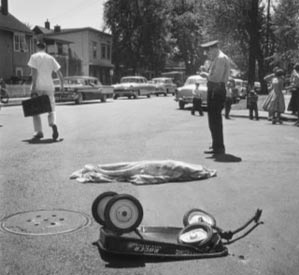


![MSM1[1].jpg](http://farm4.static.flickr.com/3211/2611046571_b44a65e407_m.jpg)
![Dscn2832[1].jpg](http://farm4.static.flickr.com/3142/2611879264_587bc75a3b_m.jpg)
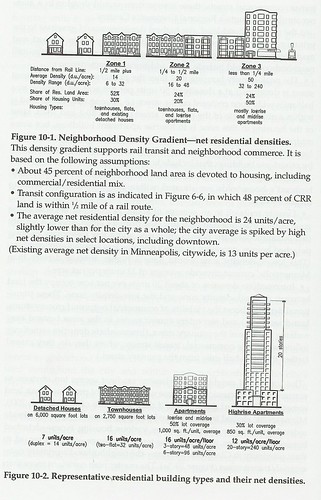

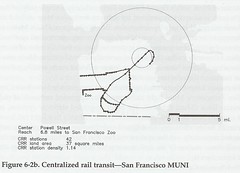

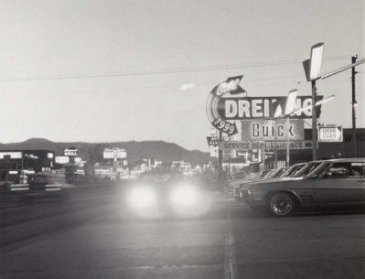


![[Chart]](http://s.wsj.net/public/resources/images/NA-AQ909_smartg_20080616201234.gif)

